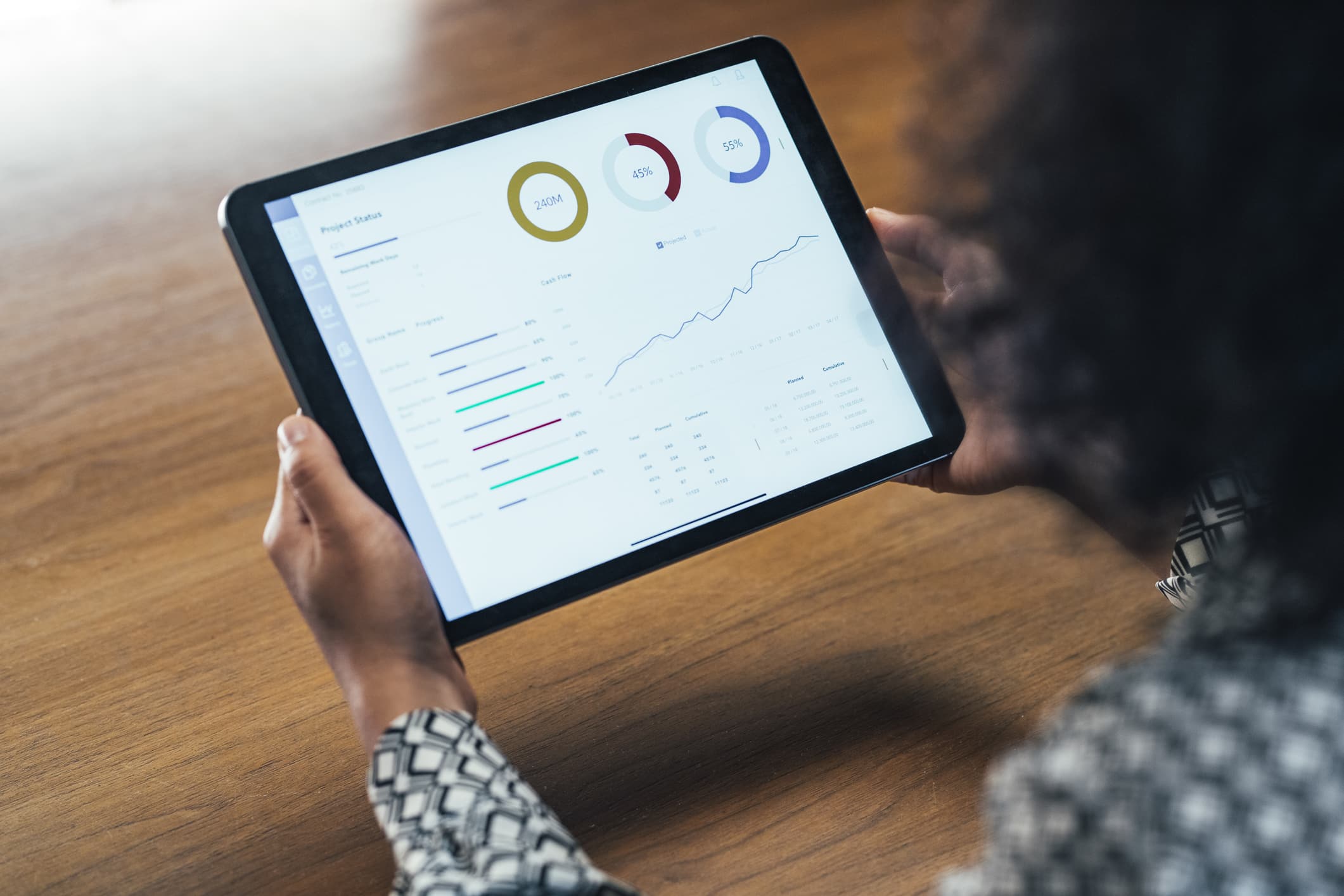Understanding Data Tracing
As organizations continue to adopt modern data architectures and technologies, the complexity of data processing and flow has increased significantly. In this landscape, understanding the journey of data through various systems and components has become critical for ensuring data quality, compliance, and performance. This is where data tracing comes in, providing a powerful tool for tracking data from its source to its destination, identifying bottlenecks and issues, and optimizing system performance.

What is Data Tracing?
Data tracing is the process of tracking data flows and transformations across systems and applications in order to understand the path that data takes through an organization’s infrastructure. Data tracing can be used to identify the sources of data, track data changes and transformations, and analyze the impact of those changes on downstream systems and processes.
Data tracing can be particularly useful for troubleshooting and root cause analysis, as it allows data analysts and developers to quickly identify the source of data issues and track down errors or bugs in complex systems. It can also be used to ensure data quality and compliance, as it enables organizations to trace data flows and transformations to ensure that data is being handled in accordance with regulatory requirements and best practices.
Data tracing can be performed using a variety of tools and techniques, including log analysis, database queries, and network monitoring. Some organizations may also use specialized data tracing software or platforms to automate the process of data tracing and provide real-time insights into data flows and transformations.


What is Distributed Tracing?
Distributed tracing is a technique used in software development to help developers understand the flow of requests through complex distributed systems. In a distributed system, requests are typically processed by multiple microservices, each of which may be hosted on a different server or run on a different container or virtual machine.
Distributed tracing enables developers to trace the path of a request as it flows through the system, by adding metadata to each request and collecting that metadata across all of the microservices involved in processing the request. This metadata typically includes information about the request itself, as well as any data that is passed between services.
By analyzing this metadata, developers can identify bottlenecks and performance issues in the system, as well as diagnose errors and other problems that may occur during request processing. This can help them to optimize system performance, improve reliability, and reduce the time and effort required to troubleshoot issues.
There are a number of distributed tracing tools and platforms available, including open-source projects like Jaeger, Zipkin, and OpenTracing, as well as commercial offerings from vendors like Datadog, New Relic, and Splunk. These tools typically integrate with popular programming languages, frameworks, and platforms to provide comprehensive tracing capabilities across a wide range of systems and architectures.
Data tracing vs. logging vs. monitoring
Data tracing, logging, and monitoring are all related to the management and analysis of data within software systems, but they have different focuses and purposes.
Data tracing is the process of capturing and analyzing metadata about the path of a request as it flows through a distributed system. The goal of tracing is to gain insight into the performance, behavior, and dependencies of the system in order to optimize performance, improve reliability, and diagnose errors and other issues.
Logging, on the other hand, is the process of capturing and storing information about events that occur within a system, such as requests, errors, and user actions. Logs can be used for debugging, auditing, and compliance purposes, as well as for monitoring system health and performance.
Monitoring involves collecting and analyzing data about the behavior and performance of a system in real-time or near-real-time. This can include data such as CPU usage, memory usage, network traffic, and application response times. Monitoring is typically used to identify and diagnose performance issues, as well as to detect and alert on anomalies and potential problems before they become critical.
While data tracing, logging, and monitoring all involve the collection and analysis of data, they have different goals and approaches. Tracing focuses on understanding the path of requests through a distributed system, logging focuses on capturing events and data for later analysis, and monitoring focuses on real-time or near-real-time analysis of system behavior and performance. All three practices are important for effectively managing and optimizing software systems.

Benefits of Data Tracing
Data tracing provides a number of benefits for software development and operations, including:
- Improved Performance: By tracing the path of requests through a distributed system, it’s possible to identify performance bottlenecks and optimize system performance.
- Better Reliability: Data tracing helps identify system dependencies and potential points of failure, which allows developers and operations teams to proactively address issues before they become critical.
- Faster Diagnostics: When issues do arise, data tracing provides detailed information about the path of requests through the system, which can help diagnose issues more quickly and accurately.
- Improved Collaboration: Data tracing provides a common language and framework for developers, operations teams, and other stakeholders to discuss system behavior and performance, which can improve collaboration and alignment across teams.
- Compliance and Auditing: Data tracing can help ensure compliance with regulations and standards by providing a clear record of data access and usage.
- Better User Experience: By identifying and addressing performance issues, data tracing can help ensure a better user experience and higher customer satisfaction.
Overall, data tracing is an important practice for managing and optimizing distributed software systems, and provides a range of benefits for developers, operations teams, and end-users alike.
How Data Tracing Works
Data tracing works by tracking the path of requests as they move through a distributed software system. This typically involves adding identifying information to each request as it enters the system, which is then passed along with the request as it moves through various components and services.
At each step of the request path, the identifying information is recorded along with any additional metadata about the request, such as processing time, errors, or data transformations. This data is typically stored in a distributed tracing system, which aggregates and analyzes the data to provide insights into system performance and behavior.
To enable data tracing, developers typically use specialized libraries or frameworks that provide tracing capabilities, such as OpenTracing or Zipkin. These libraries allow developers to add tracing information to their code, as well as to instrument existing code to support tracing.
Data tracing is typically used in conjunction with other monitoring and logging tools to provide a comprehensive view of system behavior and performance. Together, these tools help developers and operations teams to identify and address issues in distributed software systems, ensuring optimal performance and reliability.

Data tracing tools
Data tracing tools generally have the following capabilities:
- Distributed tracing: Data tracing tools provide a way to trace requests as they move through a distributed software system, allowing developers to identify where requests are being slowed down or failing.
- Instrumentation: Data tracing tools allow developers to instrument their code to capture telemetry data, including request IDs, timestamps, and metadata.
- Visualization: Data tracing tools provide a way to visualize the data collected during tracing, including call graphs and timelines, helping developers to understand the flow of requests through their system.
- Analysis: Data tracing tools often include analysis features that allow developers to identify patterns and anomalies in the data collected during tracing, helping them to diagnose and debug issues.
- Integration: Data tracing tools can often be integrated with other observability tools, such as logging and monitoring systems, providing a more complete view of the performance and health of the software system.
Learn how Reltio can help.
